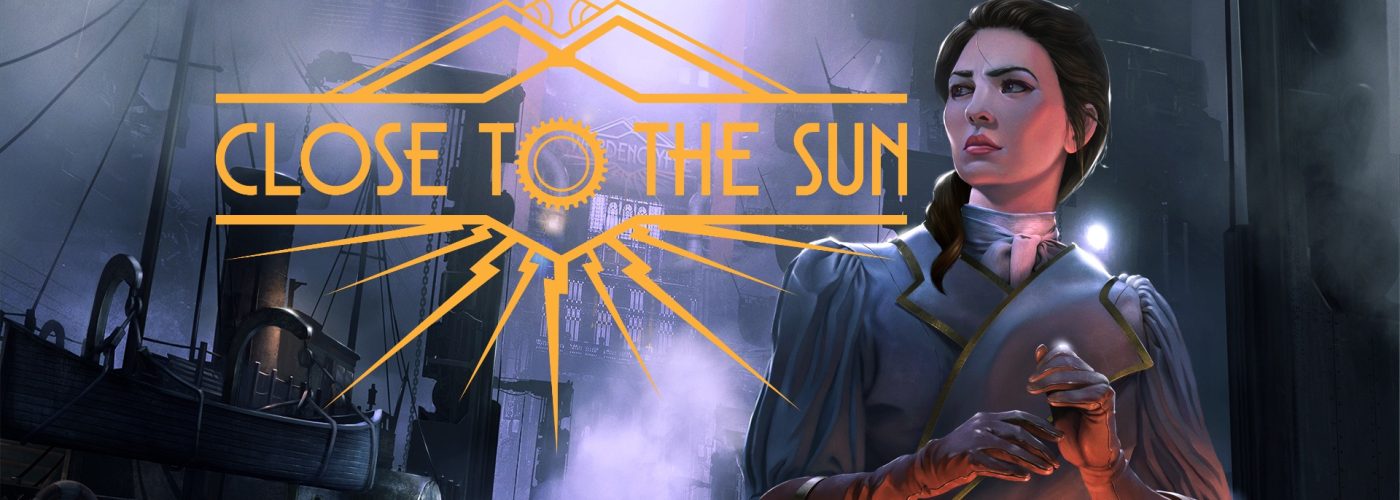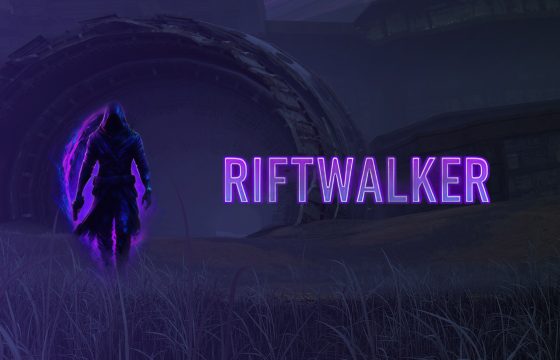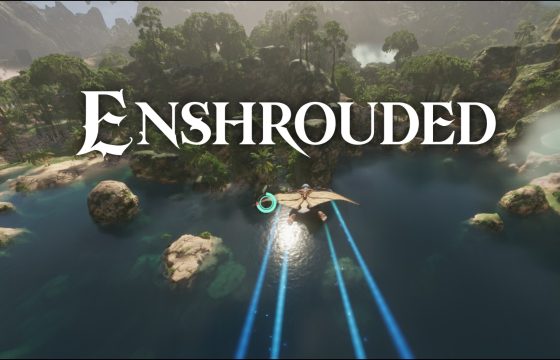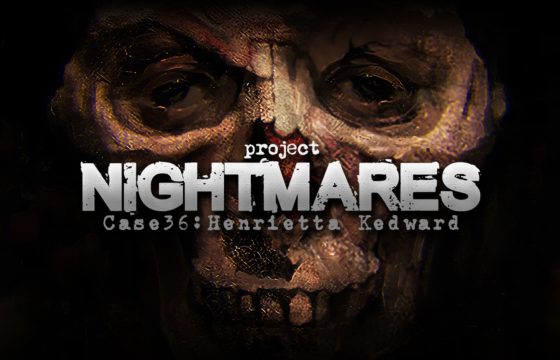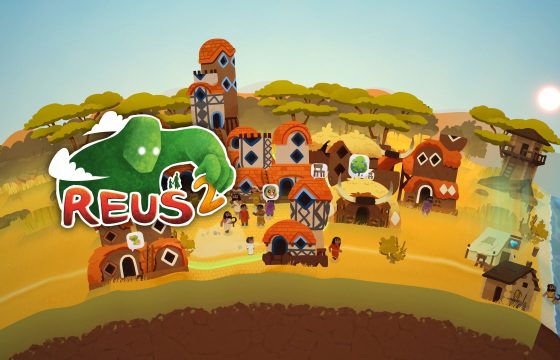Close To The Sun is a fascinating first-person sci-fi horror game set on an automated ship called the Helios in 1897. Amidst puzzles, enigmas, and chases, we must uncover the horrific events that led to the death of almost all the scientists on board.
Close To The Sun was released on May 2, 2019, for PC, and subsequently on October 29, 2019, for PlayStation 4, Xbox One, and Nintendo Switch. Developed by the Italian studio Storm In A Teacup and published by Wired Productions, it presents itself as a sci-fi survival horror game strongly inspired by the famous BioShock saga. We find ourselves in an alternate late 19th century, where Thomas Edison and Nikola Tesla fiercely compete in an arms race. Tesla uses the automated ship Helios as the base for his experiments and a meeting place for the most brilliant minds of the era.

Pushing Science Beyond Its Limits
In Close To The Sun, this is the intent of the Helios, a gigantic ship powered by radio waves, named after the Greek god of the Sun. Here, the best luminaries from various scientific disciplines gather and collaborate, invited by none other than Nikola Tesla himself. During their months aboard the ship, they work tirelessly to overcome what were believed to be insurmountable limits. As is typical in this type of videogame, at some point, something goes incredibly wrong, and most of the brilliant scientists on board end their careers in a pool of blood.
I won’t reveal what this experiment entails, but I’ll tease your curiosity with a hint: it involves spacetime. Indeed, science fiction has never stopped dreaming about the possibility of manipulating it at our will, and for good reason! We play as a woman named Rose Archer, completely external to the Helios. She arrives on the ship via an automated boat because of a mysterious letter from her sister Ada Archer, one of the ship’s lead researchers, urging her to join immediately. Once on board, she finds herself in a realm of death and solitude, while the first radio contact with her sister assures her that Ada never sent any letter.

Puzzles and Exploration
With these premises, it’s hard not to be attracted to Close To The Sun. The game makes its storyline its main strength throughout its short but intense duration. Although anyone who has played BioShock will undoubtedly notice the similarities, such as the isolated location in the middle of the sea where scientific research knows no bounds, a brilliant and revolutionary experiment gone awry, and the protagonist’s connection to one of the minds behind the experiment, Close To The Sun manages to establish its own identity within minutes, distinguishing itself from the giant created by Irrational Games and showcasing the developers’ great creativity.
The game is divided into three distinct modes: exploration, puzzles, and chases. As expected, exploration takes the most space during the adventure. The character’s movement is quite slow and lacks mobility, but the environments are so rich and detailed that it’s a pleasure to notice the nuances. Personally, this choice didn’t bother me too much, although it may feel burdensome when backtracking is necessary. Speaking of environments, the care given to every single corner of the Helios is phenomenal. It’s safe to say that the vast majority of the development effort went there, and rightly so. A plethora of collectibles such as letters, passports, and notes, whose reading is always enjoyable, completes the picture. Hats off.

Another Dead End?!
As for the puzzles, they are generally diverse. The game is too short to feel the inevitable burden of repetitiveness, and they manage to entertain and engage the mind until the end. They provide a pleasant break in the rhythm and are rarely frustrating. Some stand out for their creativity and ideas, but don’t expect the brilliance of true puzzle games like the ingenious Superliminal, to stay within the indie theme. Still, know that the title defends itself well in this aspect, especially considering it’s not a triple-A product.
I regret to admit that Close To The Sun is not without flaws. We can see the most evident one in the chase sections. Generally, exploration leaves little space for freedom. Attempting to deviate from the path, except in rare peculiar sections, inevitably leads to a dead end, a barrier, or some kind of block. While this isn’t a major issue during our wandering on the ship, thanks to the richness of the environments and hidden collectibles, it becomes a limitation during chases. Unfortunately, they are characterized by an annoying trial-and-error mechanic, where we often end up dying because what seemed like an alternative escape route was actually yet another dead end.
The poor athletic prowess and speed of Rose also mean that our pursuer can sometimes catch us even when running without mistakes, and the lack of alternative routes and means of defense leaves little to no room for strategy. Frustration quickly builds during these sections and could become an insurmountable hurdle for less patient players. However, I suggest taking a deep breath and trying again, as not continuing the awesome storyline of Close To The Sun would indeed be a shame.

Beyond Space and Time
Another thing that might bother some is the excessive use of jumpscares throughout the adventure. But don’t worry, the title compensates with one of the most captivating atmospheres I’ve ever seen in an indie game, filled with meticulous attention to detail, a story rich in twists, and excellent character development. Using the tried-and-true concept of spacetime as a central point of the scientific liberties taken by Close To The Sun is once again functional and enchanting.
Fans of quantum mechanics will smile with joy at several moments, and even those unfamiliar with the subject will fall under the spell cast by the Helios. High-quality dialogue writing and excellent voice acting in many languages drives the flow of the adventure. The characters are lively, believable, well-developed, and multifaceted. Listening to the dialogues, sometimes quite long, naturally accompanies the exploration. They never become boring; in fact, we find ourselves wanting more, eager and anxious to uncover all the backstory behind the ship’s terrible experiment gone wrong.
Nikola Tesla himself, a central figure, is a fantastic character, clearly showing the developers’ effort and the extensive research they likely had to conduct on him, despite the necessary and inevitable historical and scientific liberties taken. Even the richest of the letters we collect will be enjoyable and interesting to read: I cannot criticize this aspect in the slightest, bowing instead to the excellent work done.

The Forbidden Sun of Knowledge
The sense of isolation and unknown danger never leaves us, contributing to the insatiable curiosity that the title so well ignites in the player. Yes, we will be scared to proceed, yet we won’t be able to help ourselves, tormented by hypotheses and doubts about what we will discover. And here, too, a significant nod to the timeless BioShock.
Close To The Sun soon reveals itself as a fitting title in the game’s events, starting with the ship’s name. In essence, a truly quality game from a talented and promising Italian studio. I can’t wait to savor their other products, which I will now delve into with pleasure, especially since another interesting game is coming out this year, and we recently talked about it. I’m happy to overlook the aforementioned flaws in the face of such effort and dedication. The game isn’t long, so I recommend dedicating a few relaxing evenings to discover what the Helios has in store for you and which limits humans have tried to breach within its floating walls.
Close To The Sun, the review: in the footsteps of Nikola Tesla
PRO
- Rich and believable environments
- Masterful dialogue and writing
- Quality voice acting
- Fascinating and scary atmosphere and plot
- Varied puzzles
CON
- Exploration on rigid tracks
- Sometimes flawed and frustrating chase sequences
- Limited character movement

